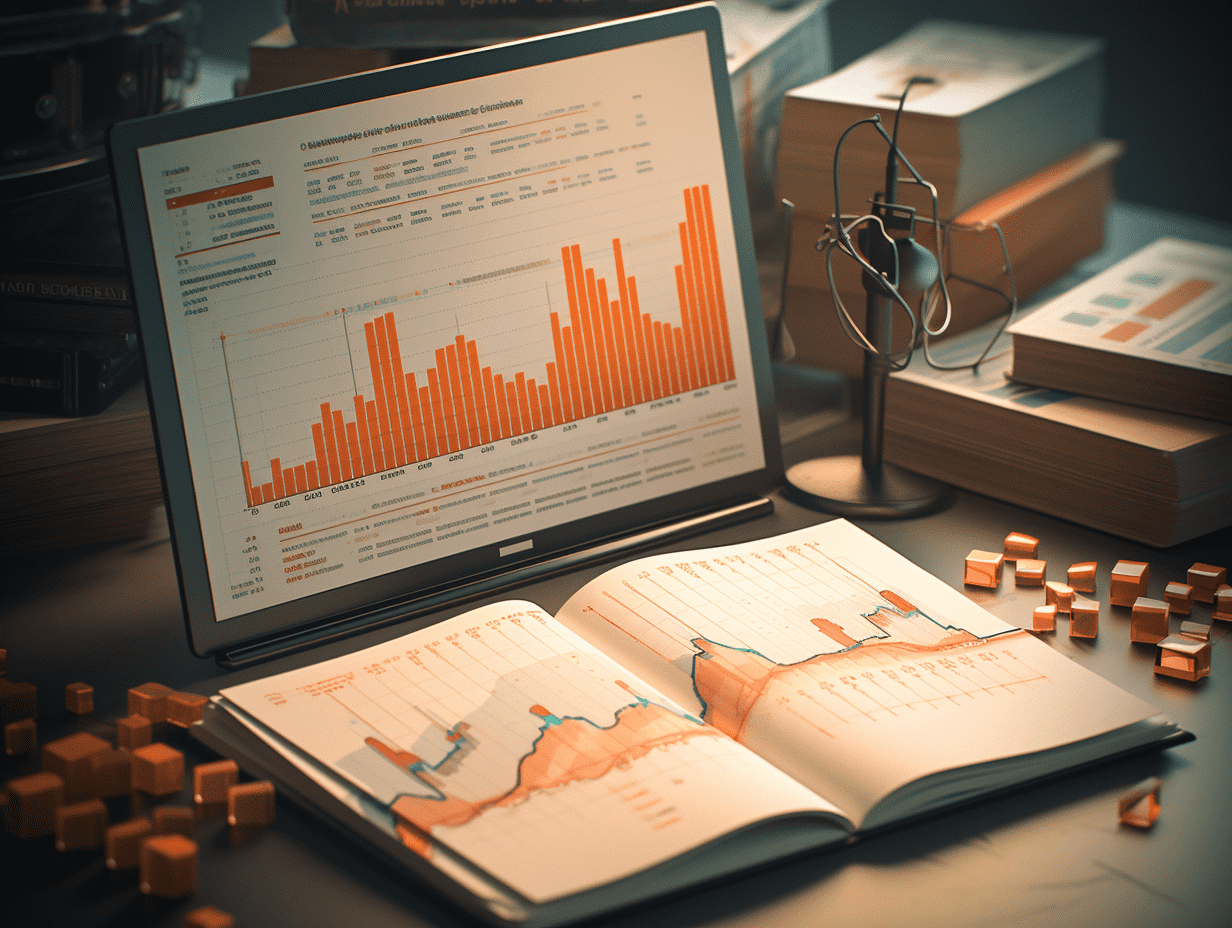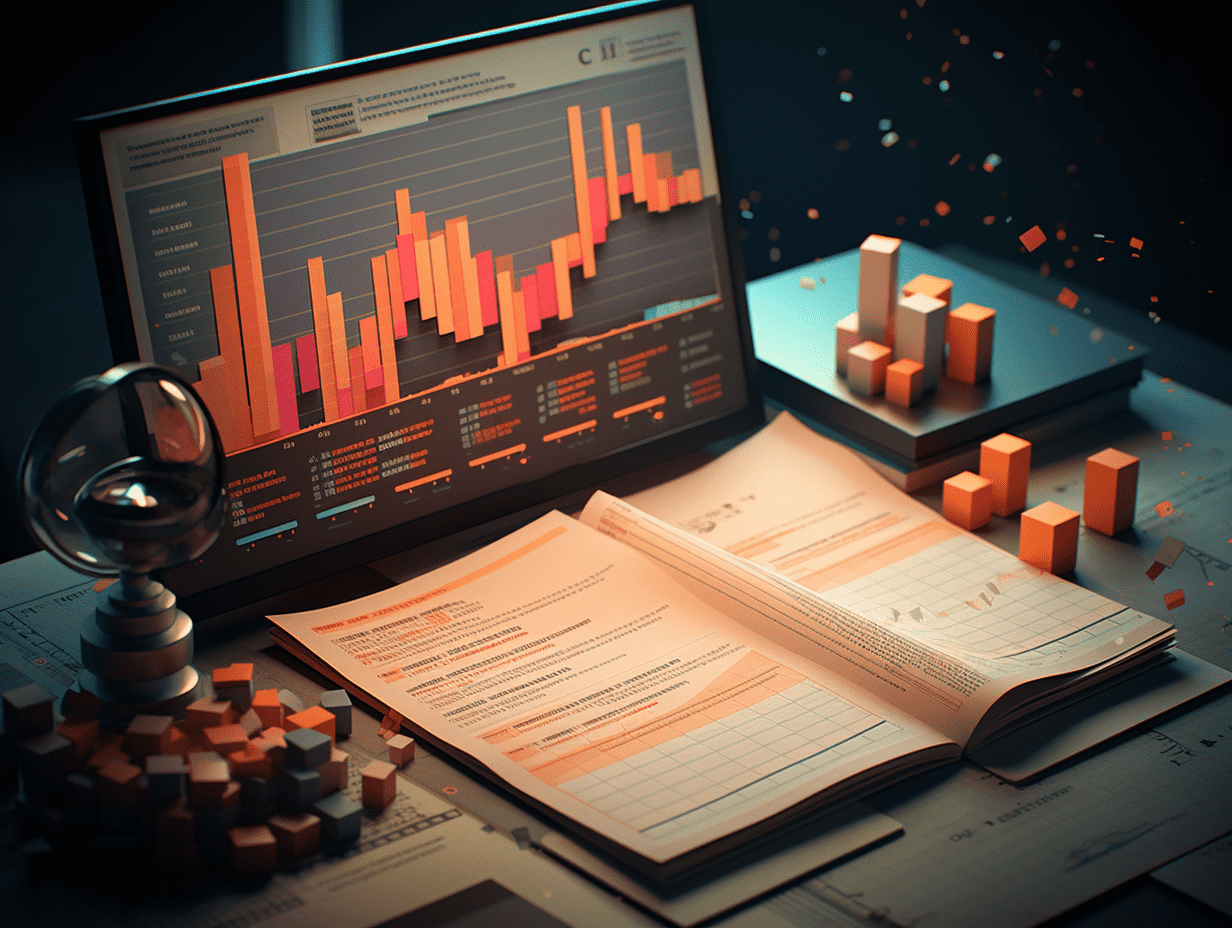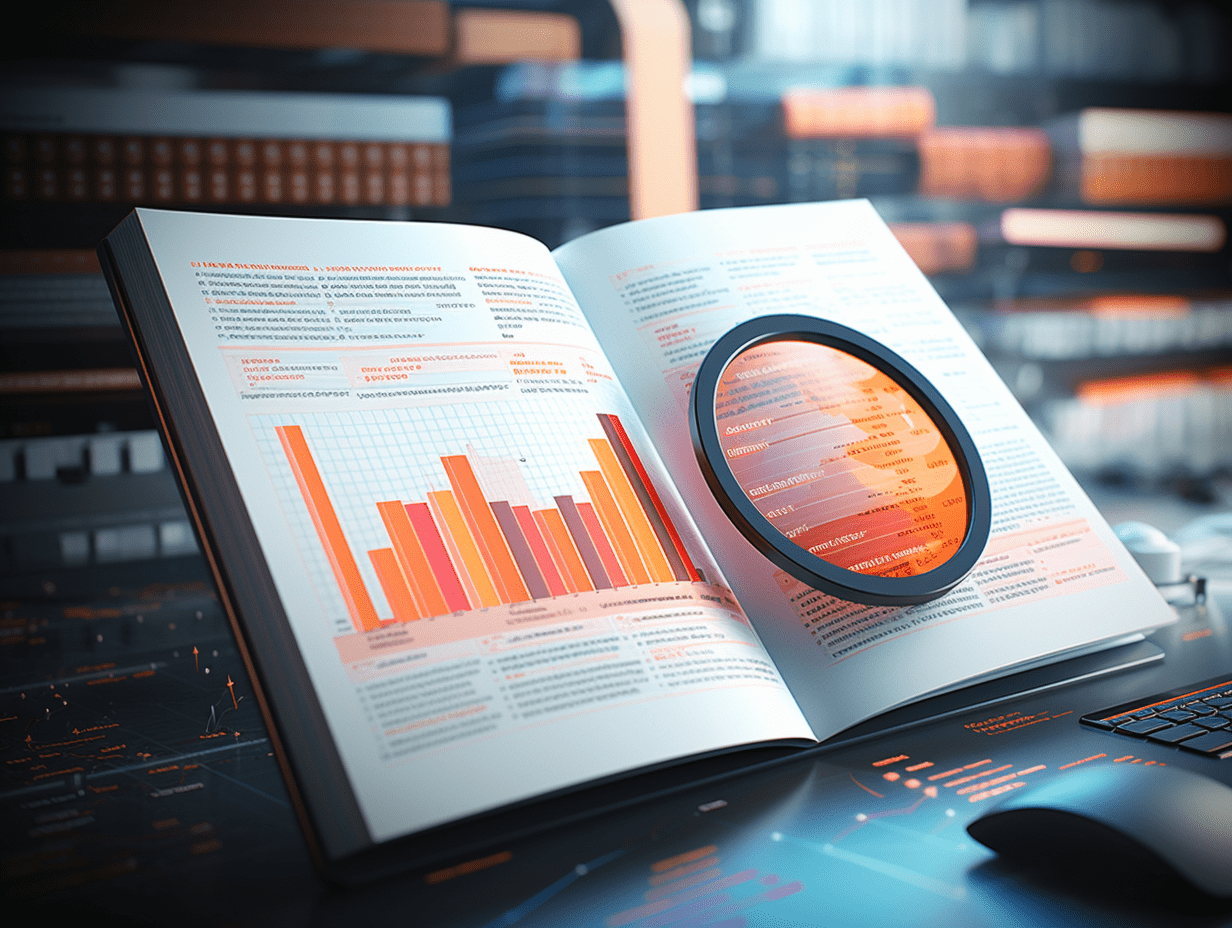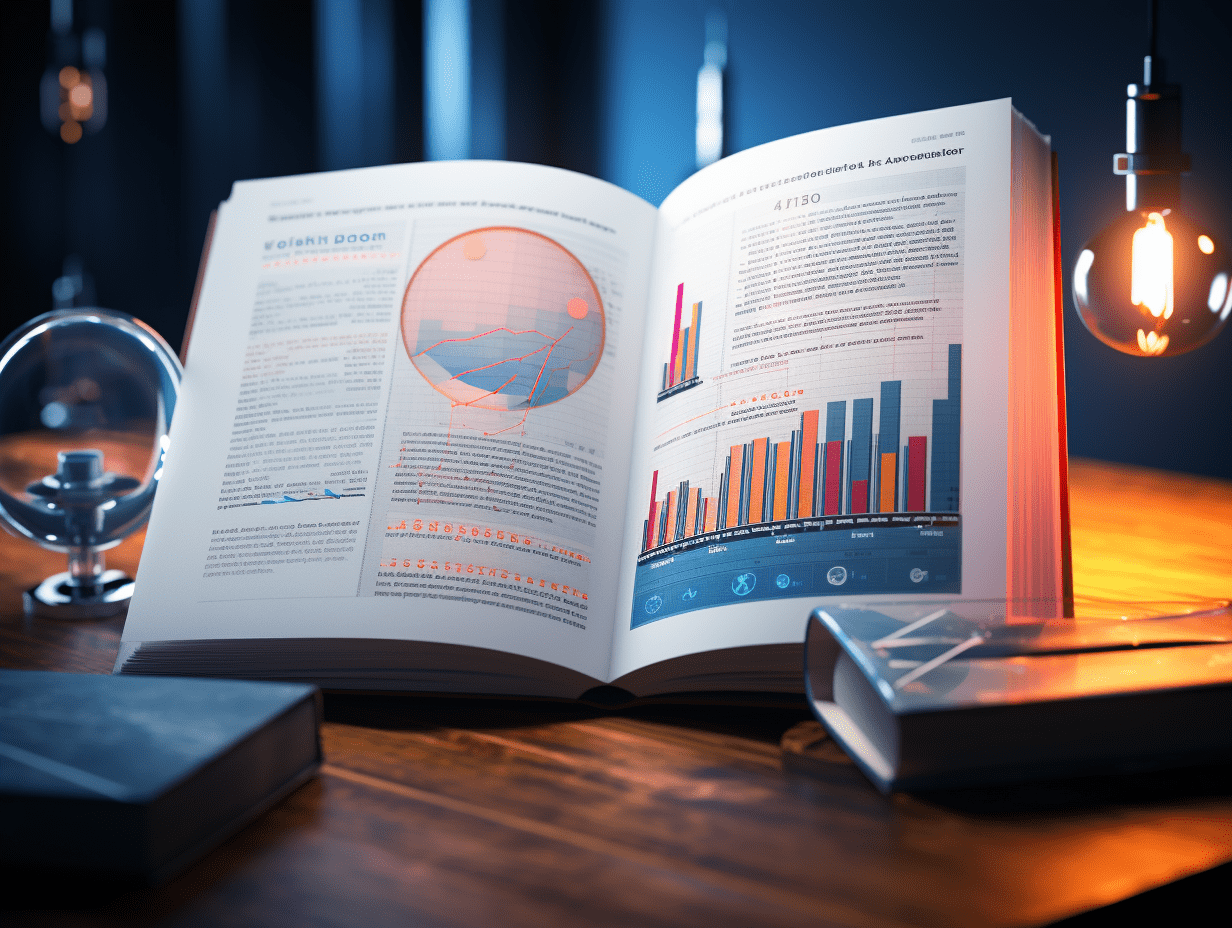Oil prices plummeted, but Exxon Mobil Corporation's Q1 performance met expectations and stuck to its promise of a $20 billion stock buyback.
Exxon Mobil Corporation has reached its profit expectations due to an increase in production from low-cost projects, despite recent declines in oil prices. The company is still able to maintain stock repurchases. In the first quarter, the company repurchased $4.8 billion worth of stock, consistent with its pace of repurchasing $20 billion annually until 2026.
The American oil and gas giant Exxon Mobil Corporation (XOM.US) has achieved profits in line with Wall Street expectations and maintained a strong stock buyback plan despite a significant drop in international oil prices, relying on increased production from low-cost projects in Guyana and the Permian Basin.
Exxon Mobil Corporation met profit expectations of Wall Street analysts due to increased production from low-cost projects, despite a recent sharp drop in oil prices. The company maintained its stock buyback program, repurchasing $4.8 billion worth of shares in the first quarter, consistent with its pace of repurchasing $20 billion annually until 2026, and expects production increases to offset the effects of falling oil prices.
The oil and gas giant, based in Spring, Texas, released a performance statement on Friday, reporting an adjusted earnings per share of $1.76 in the first quarter, in line with the average expectations of Wall Street analysts. The company repurchased stocks worth $4.8 billion in the first quarter, in line with the pace of repurchasing up to $20 billion annually until the end of 2026.
In terms of shareholder returns, Exxon Mobil Corporation's commitment to maintaining stock buyback sizes stands in contrast to BP p.l.c. Sponsored ADR (BP.US) and another American oil and gas giant Chevron Corporation (CVX.US), who announced reductions in their stock buyback programs this week.
"In such a market full of huge uncertainties, shareholders can rest assured that we have prepared well for shareholder returns," CEO Darren Woods said in the statement.
Since the first quarter of this year, due to the continuous plunge in international oil prices, "super oil companies" like Exxon Mobil Corporation reported overall profits in the first quarter close to the lowest level since 2021, and it seems that they may further decline in the coming months. With President Donald Trump leading a global aggressive tariff policy and OPEC+ unexpectedly announcing an increase in production later this year, pushing Brent crude prices below $65 per barrel, the profits of oil and gas giants are expected to continue declining.
The double pressure of costs and revenue has made it difficult for oil and gas giants like BP p.l.c. Sponsored ADR to maintain shareholder returns after record stock buybacks in 2022, but Exxon Mobil Corporation is sticking to its strong stock buyback pace.
BP p.l.c. Sponsored ADR and Eni S.p.A. Sponsored ADR, based in Italy, have cut their capital spending until 2025 to strengthen financial stability, even if this means that future production may suffer significantly.
As the world's largest publicly traded oil company, Exxon Mobil Corporation has adopted a radically different operating strategy compared to its peers. While other companies cut investments during the COVID-19 pandemic, Exxon Mobil Corporation increased its investments; and this year, it plans to increase annual capital spending to levels higher than last year, even in a low oil price environment.
Exxon Mobil Corporation is expected to bring online approximately 10 new oil and gas projects this year, including new fields in Guyana, Permian Basin, and Brazil, as well as liquefied natural gas projects along the Gulf of Mexico coast and some chemical projects in China.
"To continuously leverage our competitive advantages and enable the company to excel in the current market environment and achieve our planned goals by 2030 and beyond," Woods said in the performance statement.
The company's strategy is to build a series of low-cost projects throughout the global oil and gas industry chain that can remain profitable even if the world ultimately moves away from fossil fuels many years later. Woods proved during the COVID-19 pandemic that he is willing to take on debt in the short term as long as it contributes to achieving long-term performance and shareholder return goals.
Chief Financial Officer Casey Michaels stated that as long as commodity prices are "reasonable," Exxon Mobil Corporation is committed to repurchasing $20 billion worth of stocks annually until the end of 2026. The benchmark oil price for the company's financial calculations is $65 per barrel. It is expected that overall production will increase by nearly 10% this year, helping to offset the negative impact of low oil prices.
In contrast, European major oil companies have found it much more difficult to increase production after investing heavily in renewable energy over the past five years.
However, Exxon Mobil Corporation also faces challenges. Data from RBC Capital Markets shows that in order to achieve balance between capital expenditures, dividends, and buybacks, Exxon Mobil Corporation needs international oil prices - specifically Brent crude prices to reach $88 per barrel this year, higher than the levels needed by Shell and BP p.l.c. Sponsored ADR companies. However, Exxon Mobil Corporation has lower overall debt levels and greater financial flexibility.
Related Articles

Preview of New Stocks in US Stock Market | Taking $21.78 million in revenue to the US, Jie Microchip aims to become the "water seller" in the construction of the metaverse.

Intel Corporation's (INTC.US) manufacturing strategy accelerates: Countdown to mass production of 18A.

EB SECURITIES: Non-farm data temporarily stable, alleviating market recession concerns.
Preview of New Stocks in US Stock Market | Taking $21.78 million in revenue to the US, Jie Microchip aims to become the "water seller" in the construction of the metaverse.

Intel Corporation's (INTC.US) manufacturing strategy accelerates: Countdown to mass production of 18A.

EB SECURITIES: Non-farm data temporarily stable, alleviating market recession concerns.

RECOMMEND

Berkshire Hathaway Shareholders Meeting Q&A Live: Buffett Talks about Trade, Japan, and Cash Deployment in 2025.
03/05/2025

Why has net profit significantly decreased? Berkshire Hathaway (BRK.A.US) 2025 Q1 management discussion and analysis of financial condition and operating results.
03/05/2025

Buffett's designated successor - Who is Greg Abel? Can he continue the legend of the "Stock God" Buffett?
03/05/2025


